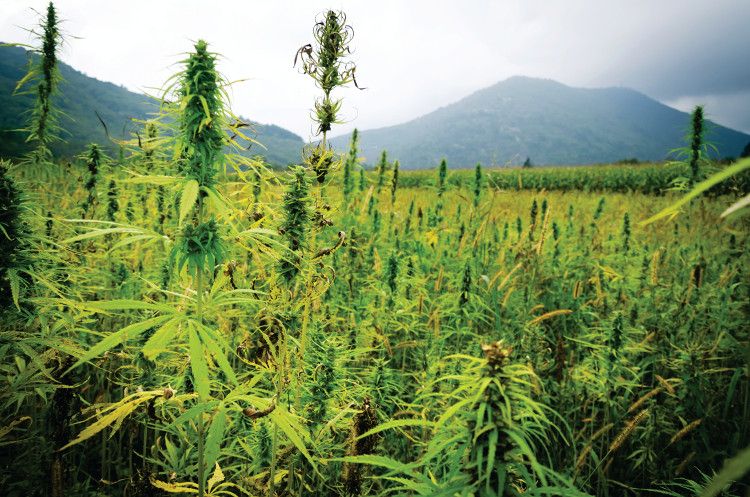USDA publishes final rule for the Domestic Hemp Production Program
Following an extended comment period, USDA made a number of revisions to rules regarding the testing, disposal, and regulation of hemp.
Photo © iStockphoto.com/AlenaPaulus

The U.S. Department of Agriculture (USDA) has published its Final Rule for Hemp Production. USDA published in the Interim Final Rule, establishing the U.S. Domestic Hemp Production Program, on October 31, 2019, and opened a 60-day public comment period that was extended until January 29, 2020. Based on comments submitted during this period, USDA made a number of changes that now appear in the final rule.
When it comes to exceeding acceptable THC levels, called negligent violation, the final rule raises the negligence threshold from 0.5% to 1%, but limits the maximum number of negligent violations that a producer can receive in a calendar year to one. For the disposal of non-compliant, the final rule does not require using a DEA reverse distributor or law enforcements, instead expanding to disposal and remediation measures available to producers. Acceptable remediation techniques will be provided by the Agricultural Marketing Service in a separate guidance document.
Because of the insufficient number of DEA-registered laboratories, DEA has agreed extend the enforcement flexibility to allow non-DEA registered labs to test hemp until January 1, 2021. In the meantime, DEA is processing lab registration applications quickly to get more hemp testing labs to be DEA-registered. The final rule has also extended the time window for the collection of samples before harvest from 15 days to 30 days.
During the comment period stakeholders requested that they be able to take samples from a greater part of the hemp plant or the entire plant, as well as from a smaller number of plants. The final rule, therefore, allows states and tribes to adopt a performance-based approach to sampling in their plans, but plans must be submitted to USDA for approval. Additionally, the final rule addresses the extent of tribal regulatory authority and provides that a tribe may exercise jurisdiction and therefore regulatory authority over the production of hemp throughout its territory. Essentially, the final rule does not distinguish between States and Native American Tribes, giving them equal ability to authorize and regulate the production of hemp within their jurisdiction.
“With the publication of this final rule, USDA brings to a close a full and transparent rule-making process that started with a hemp listening session in March 2019,” said USDA marketing and regulatory programs under secretary Greg Ibach, in a press release. “USDA staff have taken the information you have provided through three comment periods and from your experiences over a growing season to develop regulations that meet Congressional intent while providing a fair, consistent, science-based process for states, tribes and individual producers. USDA staff will continue to conduct education and outreach to help industry achieve compliance with the requirements.”
Senate Committee has released the text of 2024 Farm Bill, with changes to hemp regulations
November 19th 2024The U.S. Senate Committee on Agriculture, Nutrition, & Forestry has introduced the Rural Prosperity and Food Security Act, which will serve as the Senate’s draft for the 2024 Farm Bill.